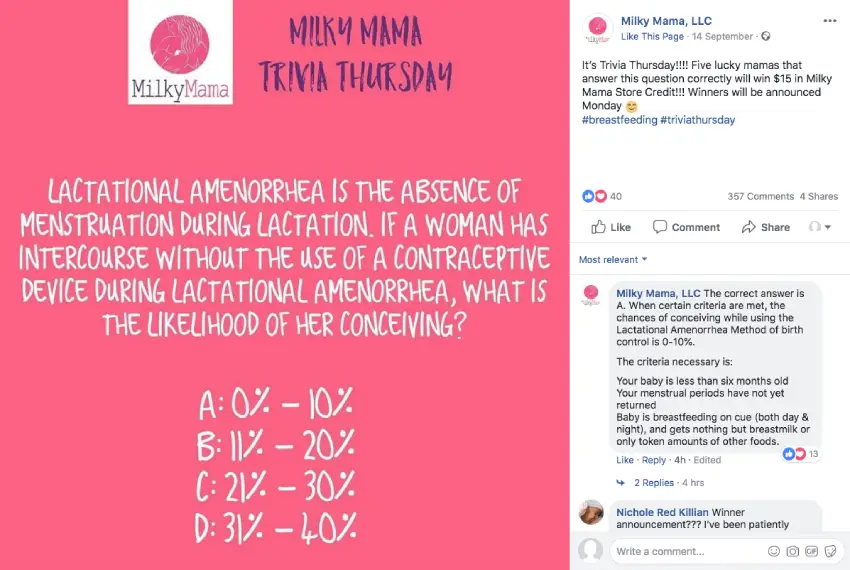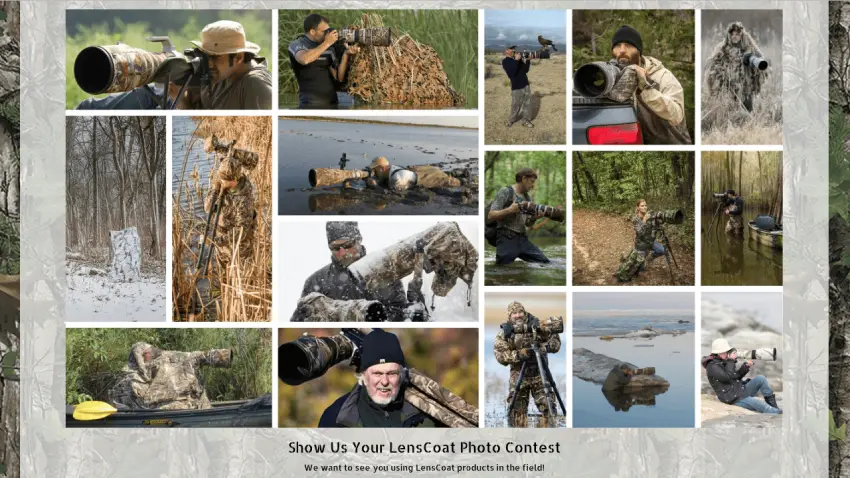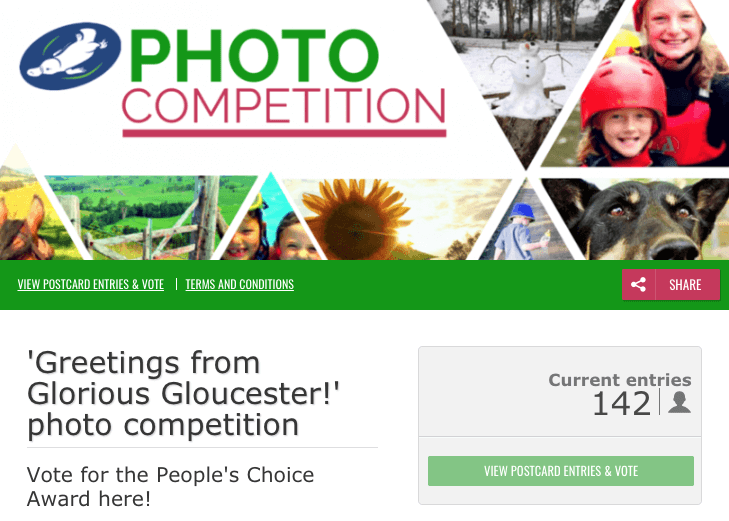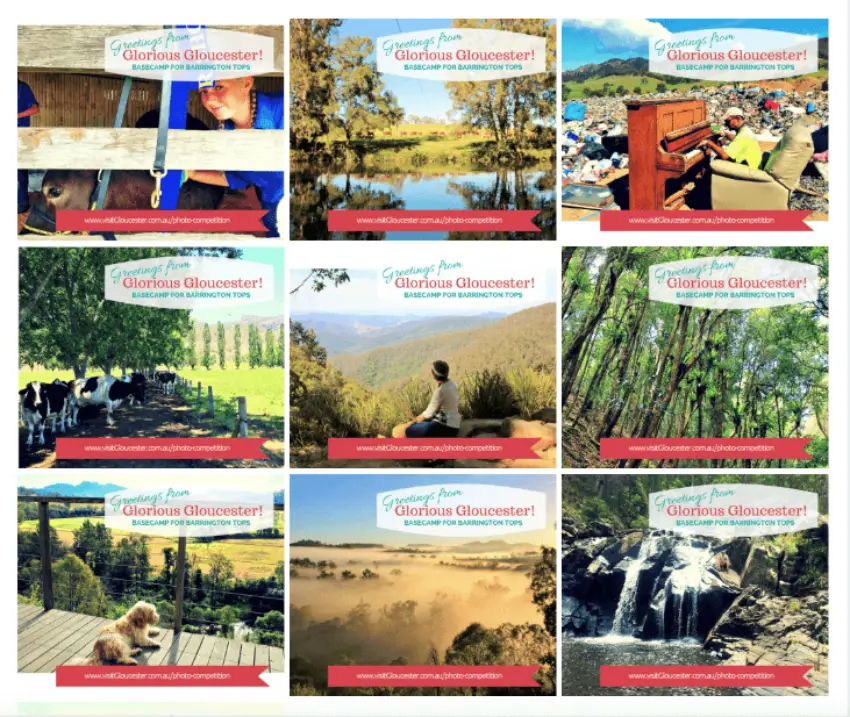What is brand affinity?
Let’s be honest: “brand affinity” sounds suspiciously like marketing jargon. But it’s actually a key part of how you engage with customers.
Think about the inbound marketing model, where you attract leads, convert them into customers, and finally encourage them to become promoters. When it comes to your brand, customers follow a similar three-step process:
- Brand awareness. Your first goal is to make people aware of your brand. Spread the word! That includes a catchy brand name, great design, and good publicity.
- Brand loyalty. Once customers buy your brand, you have the chance to build loyalty. Simply put: if the product works, then they’ll come back for more. But you want to take things one step further.
- Brand affinity. Brand affinity goes beyond the products and services you sell. Make customers feel that they have a real relationship and shared values with your brand.
Affinity is when customers invest in your brand, not out of habit or convenience, but because they really believe in it. It’s less about the individual products and services, and more about your brand identity. Brand affinity campaigns are driven by emotion, with that human touch that’s essential to all inbound marketing strategies.
Why you should care about brand affinity
So why is this important? Well, if people believe in your brand, then it’s easier to get their attention and share information. Consumers will value your communications and trust what you say. They’ll invest in your brand over time, and even make your brand part of how they express their identity to the world. In the end, it’s a route to increase value.
Take a look at Nike’s controversial campaign with Colin Kaepernick. The ad campaign didn’t advertize any specific product, or new release. And Nike’s shares initially took a serious hit. But they managed to make a huge impression on their target audience, building brand affinity by demonstrating their core values and perspectives. Result? An all-time record for Nike’s market value, with an increase of $6 billion.
How to increase brand affinity
Of course, not everyone is blessed with Nike’s advertizing budget. But it’s actually surprisingly easy to build brand affinity. Start by taking a good look at your brand. Who are you? What are your values? To whom are you speaking?
Once you have a clear sense of your own brand identity, you can think about ways to share it. In the next five sections, we’ve shared 5 key elements of a brand affinity strategy, with real-life examples of how to achieve them.
You can’t build brand affinity without an audience. Think carefully about who you are targeting. Who is interested in your brand? Who shares your values?
One of the strengths of social media is that you can micro-target your publicity and promotions. Use a clever content strategy to attract and build the right audience for your brand. You can also use promoted posts to target specific demographics.

Here’s an excellent example from a brand with a very specific audience: breastfeeding mothers. Milky Mama makes snacks and treats nutritionally designed for new mothers. They ran a simple Facebook Giveaway, where participants had to answer a technical question for the chance to win store credit.
So how does this build brand affinity? With a single online giveaway, Milky Mama demonstrated their expert knowledge, showed that they care about their customers’ voices, and rewarded followers for getting involved online. What’s more, anyone could enter the contest in seconds from their Facebook profile.
Building brand affinity doesn’t have to be complicated! If your audience is busy with childcare, work, and other concerns, then make it easy for them to take part in your promotions.
You can collect comments from Facebook, Instagram, Twitter and YouTube. If you have followers on each network, then bring them together with a single multi-network giveaway.
Listen to your community online
Online comment contests are a great way to hear from your followers. You can get direct, unfiltered opinions on a range of questions. But if you want to find out what your audience thinks without sifting through too much information, then consider a voting contest.

We’re big fans of this example, from the WMFD local sports channel. Each week, they run a Pick Your Favorite contest to choose the best play of the week in high school sports. Viewers can watch the top video clips from the games of the week, and vote for their favorite. Then the winning team or player is featured on a primetime show.
So how does this build brand affinity? By running a weekly vote, WMFD hits two objectives. Firstly, they show that they value their viewers’ opinions. Secondly, they’ve created a tradition, weaving their brand into viewers’ regular schedules. And as a bonus, they can encourage voters to share their pick on social media. This is a great way to tap into word-of-mouth marketing, which we’ll discuss later in this post.
Comments are good for quick opinions, and votes give you a majority decision. But if you want more detailed feedback, then try a quick customer survey with a motivating reward.
Show how your brand is unique
To really strengthen belief in your brand, you need to stand out from the competition. A key part of brand affinity is demonstrating that you offer something unique to your customers and fans.
Take a look at the example below: a promotion from Lenscoat, a leading manufacturer of photography accessories and gear. They ran a “Show Us Your Lenscoat” photo contest. Lenscoat invited customers to share their photos of the gear in action, for the chance to win a $125 giftcard.

So how does this build brand affinity? Lenscoat’s campaign tapped into the magic of user-generated content. Instead of trying to convince consumers, they let the product speak for itself. The photo contest demonstrated the high level of skill in Lenscoat’s customer base, and reinforced the brand’s commitment to world-class photography.
Not to mention that the photos were shared in a public gallery, with the option to vote for different entries and share them on social media. So Lenscoat encouraged their followers to create the content, and then distribute it – an almost totally hands-off marketing strategy.
You can also run user-generated video contests, or even combine photos, videos, and comments in a single contest. Encourage users to vote on the entries, to boost engagement even further.
Let word-of-mouth marketing speak for itself
We’ve already mentioned the value of social media marketing and word-of-mouth recommendations. Think about all the times you’ve taken advice from friends, family, and influencers. Before customers learn to trust your brand, they trust each other. So if you want to spread a sense of brand affinity, then encourage your followers to tell others about you.

In this example, the British Pobjoy Mint used a recruiters contest to make the most of word-of-mouth marketing. Their loyal followers had the chance to win a valuable prize, with a twist. Every time they recruited another participant for the contest, they received an extra entry in the prize draw.
So how does this build brand affinity? Brand affinity is based on trust and shared values. It’s pretty hard to build trust up from nothing! So start by working with what you’ve got. Show that you value and reward your current customers – then encourage them to spread the word.
Some social networks, such as Facebook, will ban you if you ask people to share posts in exchange for a prize. A recruiters contest is a great alternative to capture leads, without risking suspension.
Keep customers in the loop
So far, we’ve discussed how to listen to your customers, understand their opinions, and collect user-generated content. But you should be sharing in return. Make sure you keep your audience up to date with new announcements and features. Offer useful, accessible information and educational content. And if you do ask users to contribute to a competition, then you must show that their entries were worthwhile.
What do we mean by that? Well, take a look at this example, from the tourism promotion board of Gloucester, Australia. They wanted to launch their new website with a bang. So they organized a photo contest to collect beautiful images of the town and countryside.


There were a range of prize categories, so everyone had a good chance to win. A jury selected their favorite photos to make postcards. Online followers were also invited to vote for the People’s Choice award.
So how does this build brand affinity? This creative competition was a great way to announce the new website, and give a fresh boost to tourism in Gloucester. By asking followers to share their postcard photos, the brand made people feel that they had a stake in the new development strategy. Including a People’s Choice award strengthened the effect even further.
Keeping people informed also means running a free, fair, and transparent contest. Show that your brand is trustworthy by running a certified promotion with easily accessible terms and conditions.
How to measure brand affinity
At first sight, brand affinity is not easy to measure. It’s based in emotion and opinion, which are difficult to quantify. But depending on how technical you want to get, there are some methods you can use to analyze the ROI of your campaign.
- Asking consumers directly.Take a look at this study, where MeasuringU asked consumers which words they associated with different brands. It’s a bit complex to analyze these results, but they can be very informative.
- Social media engagement. Take a look at your online profiles. Are your followers engaging with your content? When you project the right image, followers will relate to both your content and your values, boosting engagement and interactions.
- Website traffic data. Similarly to social media, take a close look at how users react to your content. Do they read all the way to the end of a blog post? Will they come back to read more? Is your content worth sharing with their friends?
- Promotion statistics. When you organize a promotion with Easypromos, you receive statistics on all participants, and how they interact with your campaign. You can view promotion data in handy charts, filter by different criteria, and download it for your own records.
We hope this guide has given you the basics for building brand affinity. If you’d like to see how an online giveaway can enhance your marketing campaigns, then click here to get started with Easypromos.